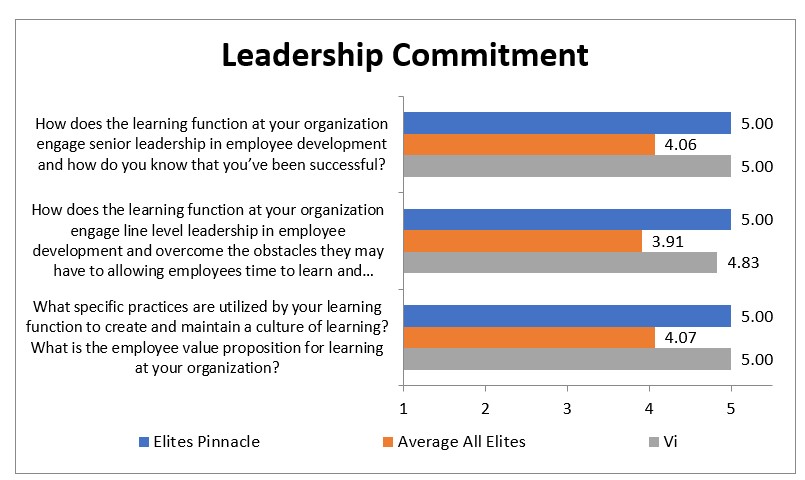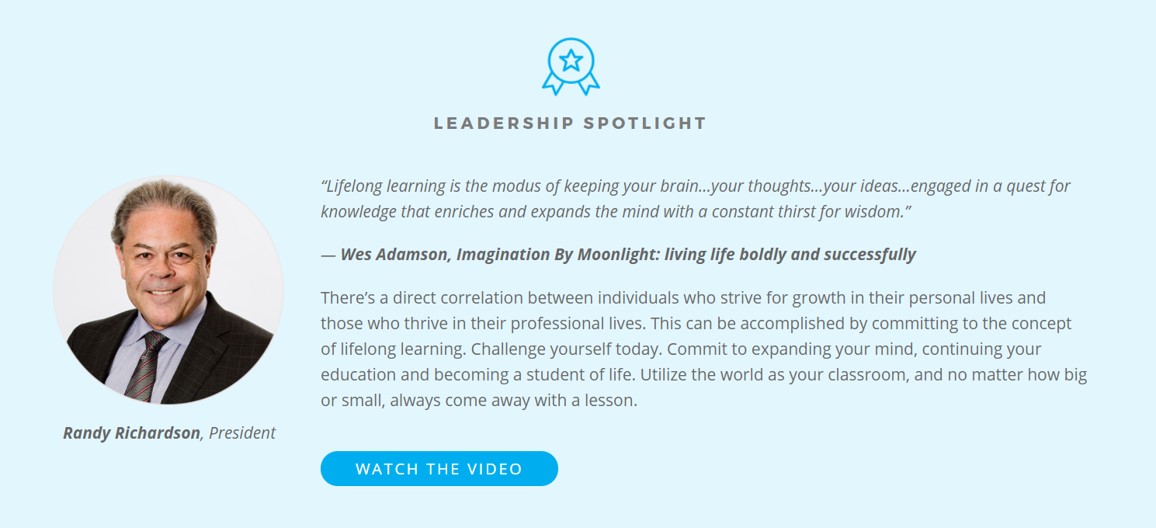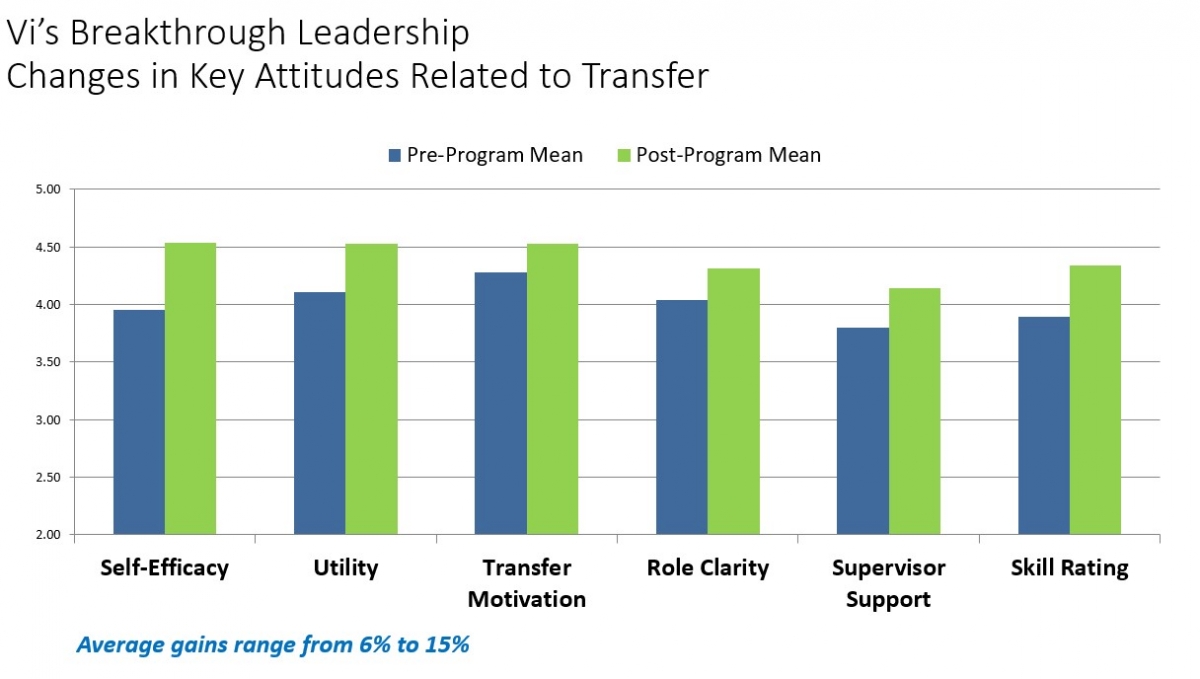ACHIEVING “TALENT NIRVANA” AMID AN EMPLOYEE-EMPLOYER STANDOFF
By Dr. Susan Hanold, Vice President, Strategic Advisory Services, ADP
Today, the talent market is unbelievably different than it was in the past.
The employee-employer power dynamic has fundamentally shifted. Previously, employers held most of the cards and were able to hand-select the candidates they wanted from a vast pool of talent. Now, due to record-low national unemployment (https://data.bls.gov/timeseries/LNS14000000) and a widening skills gap (https://www.investopedia.com/articles/personal-finance/032216/are-we-baby-boomer-retirement-crisis.asp) leaving vacancies in the job market, employees have greater options to seek employment elsewhere if they choose. This newfound agency and confidence among employees to seek and negotiate the jobs they want is great for individuals but has unhealthy effects on the job market as a whole.
In fact, a study by the ADP Research Institute, Evolution of Work: 2.0: The Me vs. We Mindset (https://www.adp.com/tools-and-resources/adp-research-institute/research-and-trends/research-item-detail.aspx?id=e7851020-9881-442b-b3d5-99f0b2b14e68), highlights this tension. Globally, 42 percent of employees said they were not actively looking for a new job but would be open to leaving their current position if the right opportunity presented itself, while 24 percent were actively looking for a new job. That’s 66 percent of the workforce either actively or passively looking to leave their companies. This research also found that employers predicted only 21 percent of employees were passively looking for new opportunities.
This illustrates exactly where the talent market is at—what I refer to as “the standoff.” We are in an endless cycle of employee indifference and management cynicism. Employees are asking, “Why should I work for you?” with eyes already wandering to the company down the street with better pay, benefits, and hours. Employers are retorting, “Why should I invest in you? You’re going to leave anyway.” Turnover persists. Engagement stagnates. Neither party is completely happy.
We have a big problem.
What if I told you it didn’t have to be this way? What if I told you employers can bury the hatchet and keep their great talent within their walls by making simple investments in their workforce? I call this “talent nirvana,” and all it takes is an olive branch—a willingness by employers to demonstrate to their workforce that they care about what matters to them.
For employers who are ready to double-down on their talent and invest in them rather than letting them walk out the door, listen up. Here are the top three factors influencing talent retention, and how employers can leverage them to achieve the ultimate benefits of a productive and engaged workforce.
Career Progression
Money talks. But it doesn’t have to be the only voice at the negotiating table. Employees want the opportunity to grow and progress within their companies, which often can outweigh their desire to leave. According to the study, Fixing the Talent Management Disconnect, by the ADP Research Institute (https://www.adp.com/tools-and-resources/adp-research-institute/research-and-trends/research-item-detail.aspx?id=bdca7e9a-9f70-4470-841a-1f3d8c513e54), 60 percent of employees are looking for growth within their own companies. Another survey by recruitment consultancy Robert Walters, found career progression is a top priority for 91 percent of Millennials (https://www.robertwalters.co.uk/career-advice/91-per-cent-of-Millennial-professionals-say-career-progression-is-a-top-priority-when-considering-a-new-job.html).
Here, employers can not only plan for the future of their employees, but plan for their own future as a business. Companies should be actively identifying emerging young leaders and providing growth opportunities for all employees. This could be something as simple as ensuring managers are checking in with their direct reports on a more frequent basis, and escalating opportunities for growth to HR or team leadership. The Robert Walters survey also found that 60 percent of Millennials want to receive formal feedback every one to three months, but 38 percent reported they only received feedback once a year or less.
Developing leaders who will help with further training and development, focus on teamwork, provide positive feedback, and assign meaningful work are keystones in employee retention. For the benefit of the employee, from a career development perspective, and the company, from a succession planning perspective, investing in training and career development is imperative.
Work Hours and Flexibility
Work hours are an increasingly important factor for where employees want to work. When competing companies offer better or more flexible hours, employees are likely to start to look elsewhere.
Organizations first need to examine the “why” behind their work hour policies. For example, if most of your employees are parents, many of them might require more flexible arrangements so they can drop their children at daycare or pick them up early from school. Younger employees might be pursuing degrees part-time or working other gigs or “side hustles” that require flexibility. The point being: Rigid work hours don’t suit everyone, and employers not offering this benefit are well behind the eight ball. A flexible work environment and working hours signal to employees that you are investing in them as people.
The Work Itself
Difficult to measure and easily overlooked, whether employees are satisfied with the work they are doing is a vital factor in their decision to stay. Most importantly, does the work match what candidates were told during the recruitment process? If not, that’s the quickest way to watch your talent walk out the door. Human Resources and Recruitment need to stay closely aligned to the rest of the business to ensure they are clear on roles, responsibilities, and job descriptions when hiring for a position. Understandably, sometimes responsibilities shift over time, which is why HR needs to take an active role in helping employees focus on the skills they want to gain and the work they want to do, rather than the roles they want to be in.
Ultimately, mending workforce tensions and achieving an engaged and satisfied workforce has to begin with the employer. When a business goes to bat for the things that matter to its employees, its employees will, in turn, go to bat for the business. The world at work doesn’t have to be hostile. When employees and employers work in harmony, beautiful work is born.
Big Cheese and the Man on the Moon: Executive Engagement Is Key to Achieving Your Mission
By Judy Whitcomb, SPHR, SHRM-SCP, SVP-Human Resources and Learning, Vi Senior Living
You’ve likely heard the phrase “man on the moon,” or heard a story about the moon being made of cheese. Many of us look up at the stars and actually see a man on the moon—a serene human face from above smiling benevolently but distantly down on us. But let’s examine those ideas in an organizational context.
If we equate executive support with the man, and the moon is an organizational learning environment, executive support for learning and development programs must go far beyond a superficial illusion. We need executives to do more than perform welcomes and introductions for executive learning programs. We need them to actively engage the “big cheese” in your organization. Executive participation is mission-critical to build and sustain a learning culture.
Strong learning cultures have one characteristic in common—commitment from senior leaders throughout the organization. High levels of executive engagement are a key factor in creating and sustaining a learning culture. Furthermore, research shows the likelihood of a learner’s success is stronger when a learner feels explicit support from his or her manager. A Learning leader’s ability to articulate the value of senior leader engagement in learning programs, and the ability to activate executives, is key to driving a sustainable high-performing learning culture.
There are many ways learning leaders can engage senior leaders, including:
- Actively engage in developing and executing on a company’s learning strategy that is aligned with an organization’s corporate strategy and focused on the right business issues
- Teach classes and/or lead thought-provoking discussions
- Promote competency and rewards systems to support a learning culture
- Share stories of lessons learned, mistakes made
- Coach and mentor learners
- Actively promote learning programs, and recognize and celebrate learner successes
Engaging Executives in Learning at Vi
Serving the senior living industry by providing high-quality environments, services, and programs to enrich the lives of older adults in the company’s continuing care retirement communities (CCRCs), Vi is an eight-time Training Top 125 organization, as well as the recipient of Chief Learning Officer Magazine’s LearningElite award. In the last three years, Vi has ranked in the Top 5 of LearningElite organizations—ranking #3 among LearningElite organizations in 2018. Vi’s Executive Commitment is best illustrated in the company’s LearningElite benchmarking data below.

Leadership commitment scoring from Vi’s LearningElite scorecard shows the quality and depth of senior leadership’s involvement in learning.
Here are some of the best practices Vi leverages to engage executives across the company.
1. Establish a Learning Council, and Use Leaders as Teachers
Establishing a Learning Council comprising functional/business executive partners, as well as field leaders, is key to driving business results. Defining roles and responsibilities through a documented governance process ensures roles and responsibilities are clear. Establishing priorities; gaining cross-functional corporate and field participation; and sharing accountability for development, delivery, and results drive higher levels of engagement. Vi also leverages a Learning Council to develop and execute on organizational priorities.
Leveraging leaders as teachers serves several purposes; having an executive simply show up at the beginning of a class and express his or her explicit support is not enough. Executives can serve as learning role models in many ways. Sometimes their mere presence at a learning event increases its prestige. When senior executives demonstrate a commitment to change, they positively influence the rest of the organization to adopt new behaviors, and learning is a fundamental change agent. Senior leaders also can help learners think more deeply about their assumptions to shift mindsets; these examples of “double-loop learning” can enhance transformational change.
At Vi, leaders throughout the organization actively teach others. For instance, during Vi’s Breakthrough Leadership Program, executives throughout the organization engage in the multi-channel, one-year development program. In addition, each of the modules delivered during the five-month Harvard Business Publishing virtual portion of the program are enhanced with context from thoughtful lessons delivered by corporate and field leaders. Former program participants also share in leaders’ responsibility to act as teachers by facilitating dialog in virtual sessions and study groups.
Executives also are deeply involved in a variety of other learning programs at Vi. For instance, executives throughout the organization deliver the company’s virtual business orientation sessions. Vi’s chief financial officer delivers sessions on the company’s economic engine. Vi’s vice president of Nursing teaches a virtual program on the company’s resident care philosophy. And Vi’s Marketing and Sales executives share responsibility to teach employees about the company’s marketing and sales efforts.
It doesn’t stop there. Front-line employees participating in Vi’s one-year Management Development Program (MDP) attend virtual training sessions led by company executives on a variety of topics. Early in the program, MDP participants engage in an overview of the company’s operations led by Vi’s vice president of Operations. Executives also lead virtual and face-to-face sessions on Gallup’s Strengthsfinder assessment.
2. Don’t Neglect Executive Touchpoints
Learning leaders should consider every executive touchpoint an opportunity to engage learners and their managers. Whether it’s a program welcome letter to participants, communications with a learner’s manager, or a congratulatory letter upon program completion, consider every opportunity to engage your executives at every touchpoint. For instance, executive outreach to participants’ managers in advance of class not only underscores program importance and how managers may contribute to the success of their participants, it supports the participants and increases the probability of their success.

Leaders are actively involved in delivering messages through a variety of communication channels, including video, virtual training, Vi’s company newsletter, in-person, and on Vi’s online university, E-Campus.
For instance, for Vi’s Emerging Leaders and Breakthrough Leadership program, prior to learners even starting the program, participants’ managers attend a roles and responsibilities virtual session led by one or more Vi executives. These executive-led pre-program sessions underscore the program’s importance and provide clarity on how a learner’s manager can best contribute to the learner’s success. In addition, participants and their managers sign off on commitment letters. Lastly, program participants for all of Vi’s management and leadership programs receive a pre- and post-program letter from Vi’s president.

The graph above from Vi’s Breakthrough Leadership Program Assessment Report shows pre- and post-program assessment and gains in supervisor support among other program attributes.
Beyond Vi’s management and leadership development programs, executives actively participate and lead functional sessions to underscore programs’ importance and to support and engage with learners. Whether it’s participating in culinary training, engaging with nurse leaders during a professional development summit, or attending floor tech training, Vi’s leaders actively tie the program’s learning objectives to business results.
For instance, Vi spends millions of capital dollars annually for upkeep on the company’s luxury retirement communities. Vi’s chief operating officer and vice president of Facilities Management ensure participants in floor tech training understand the importance of this upkeep and floor maintenance within Vi’s communities for health reasons, as well as significant savings related to not having to replace properly maintained carpets as frequently.
Vi also leverages video to capture leadership stories and lessons learned. Further, leaders-as-teachers’ stories are shared via Vi’s online university, E-Campus, as well in Vi’s company newsletter, Connections.
3. Celebrate Successes and Continually Reinforce Learning’s Value
Gaining explicit support to link employee development as a leadership competency—including employee development programs as part of company goals, and tying compensation to achieving these goals—is just another “ask” for senior leadership. These things signal that employee development is a valuable organizational priority.
Further, Learning leaders should consider inclusion when celebrating learning success stories. Since Vi executives and functional and field leaders are deeply involved in bringing life to the company’s learning programs, executives from across the company should celebrate learning success stories. For example, a mélange of different executives from the field and corporate office attend learning award ceremonies such as the Training Top 125 Gala.
Learning leaders also should take every opportunity to reinforce the value of their company’s investments in training and development initiatives. Proactively sharing how learning solutions positively impact business results is every Learning executive’s responsibility. At Vi, this practice has helped to solidify the tangible connection between learning initiatives and business results.
Build Relationships
Taking time to gain executive support while developing a strategic learning plan that is aligned to business outcomes is a critical first step in securing executive support for learning. Without it, it’s much more difficult to actively engage leaders at the different learner touchpoints that drive an active and sustainable learning culture.
Ensure that everyone believes and then explicitly expresses learning’s importance as a business driver. Take the time to build relationships between executives and the Learning organization. Show them how and why their participation in different learning events matters to the learners and to their respective departments or business concerns.
Finally, celebrate big and small wins along the way. Executive volunteerism, active participation, and involvement are always worth acknowledging. Executives’ willing and able assistance in the learning process is far more meaningful than having superficial executive participation in learning like a solitary, rather unapproachable man looking down on the Learning organization’s work from a distance so far away it might as well be on the moon.


